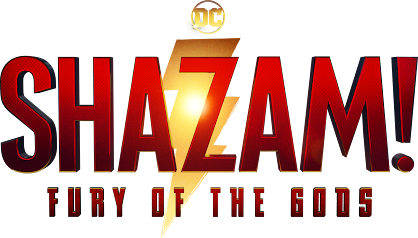It’s hard to imagine a genre more in need of the occasional shake-up than the rom-com. While there are certainly a plethora of original, groundbreaking examples, there’s also a major tendency to copy what’s worked before and go from there. Which makes it so refreshing when a new voice smashes into the genre. Such is the case for “Rye Lane,” the directorial debut for Raine Allen-Miller, which manages to not only wear the genre’s touchstones as a badge of honor but inject a new lifeblood into the work.
The film follows Dom and Yas, played by David Jonsson (“Industry,” “Deep State”) and Vivian Oparah (“Class,” “The Rebel”) respectively, as two freshly single 20-somethings living in London who decide to spend the day together after meeting at an art exhibit run by a friend of Dom’s. Yas is far more headstrong and confident, while Dom is more apathetic, and the two bond by spending the day exploring London and the titular Rye Lane market and learning about each other.
With a script by Nathan Bryon (“Bloods”) and Tom Melia (“Hollyoaks”) and a pair of leads as infectious as Jonsson and Oparah, “Lane” gets off to a fairly electric start. It’s a refreshing looking and feeling film, one that doesn’t feel the need to downplay its more grown-up elements in favor of making an “appealing” setting. For example, Dom’s artist friend Nathan, played by Simon Manyonda (“The Bay (2019),” “The Current War”), has a tendency to put on art shows based around human orifices, to put it mildly. None of this humor ever feels in your face or over the top, which helps sell the film’s larger-than-life attitude.
Thanks to its fish-eye lens perspective (literally), it’s the kind of film that encourages different points of view. It helps majorly that Allen-Miller stages a lot of the early bits as stage plays or purposefully outlandish displays, like you’re crawling into Dom or Yas’s minds to see how they see things. One of the few critiques one could have for the film then is that, as strong as these elements are at the start, they eventually just stop. The humor, cinematography, and vibes all remain intact, but those unique bits of interior vision vanish.
It's somewhat hard to notice though, as Dom and Yas are so infinitely charming and have near perfect chemistry. Jonsson nails the thin line between apathetic and pathetic, allowing Dom to feel like a puppy dog but not to be without his own moments of strength and genuinely jerkiness. Likewise, Oparah plays Yas like a glass cannon, a giant balloon filled with confidence ready to burst at any moment. The pair are great at playing their characters’ strengths without ever completely covering up their vulnerabilities. The rest of the cast mostly just play things up as much as they can, with Manyonda or the likes of Karene Peter (“The Sparticle Mystery,” “Emmerdale Farm”), Benjamin Sarpong-Bron, and Malcolm Atobrah all manage to move between playing things up to insane degrees and also drilling into the serious moments that are required to make Dom and Yas’s arcs work like they need to.
Like most New York set rom coms, “Rye Lane” uses the city of London and the Rye Lane marker specifically as a character in itself. As Dom and Yas move through their day, its used to infectious delight to bolster the vibrance of their time together. Cinematographer Olan Collardy uses the fish-eye perspective to shoot this as if it's an adventure through the streets, and while that can lead it to feeling more like a slice of life rather than a strictly archetypical “film”, so much is based on the perfect vibes of the adventure that it’s hard to care much.
“Rye Lane” is a rye (pun entirely intended) trip through the rom-com genre with two fantastic leads and a sense of humor and perspective that’s wholly original. While some of its earlier creativity gets lost after the first half, this is still a thoroughly entertaining and brilliantly written romantic adventure through the streets of London and the complicated feelings of your late-20s. You’d be hard pressed to not at least want to stick it out to spend time with Dom and Yas on their quest for romantic fulfillment. 4/5











